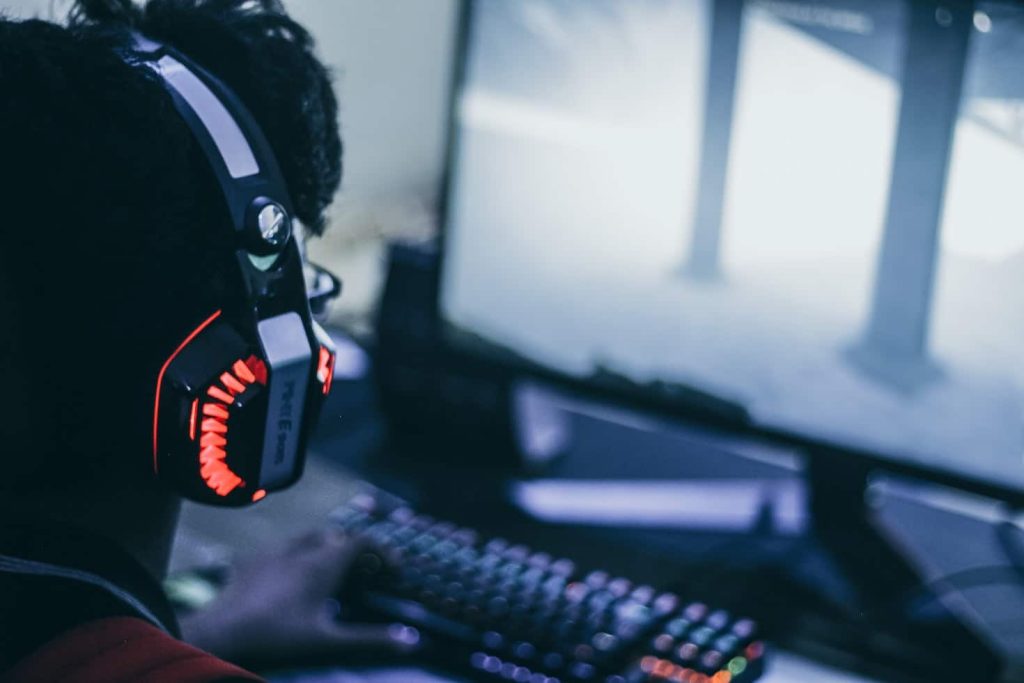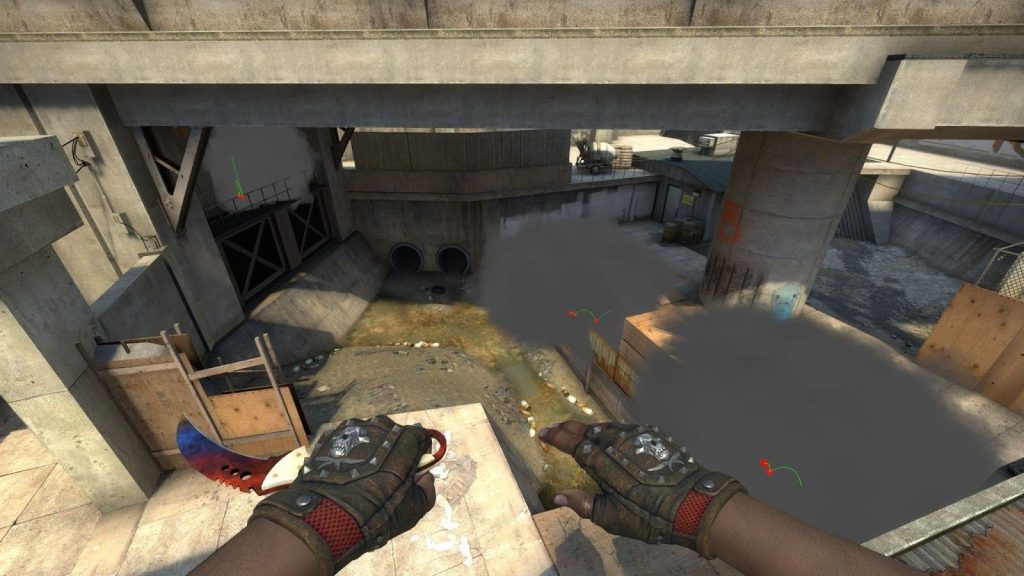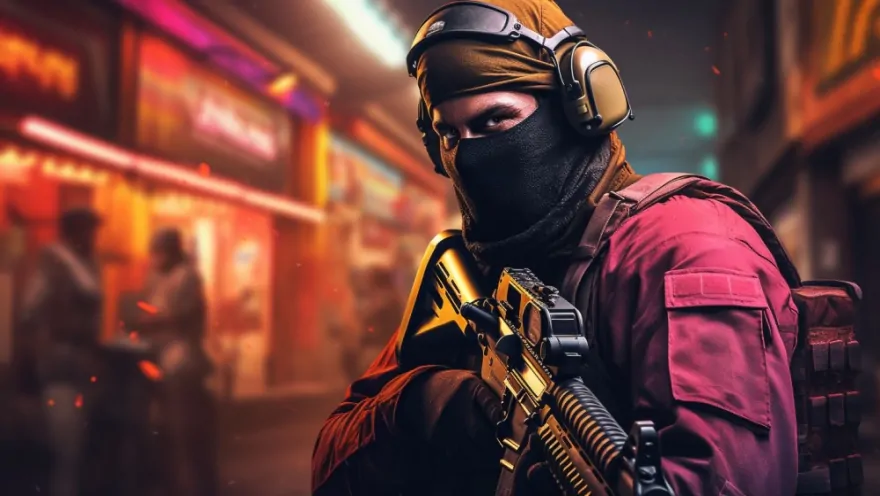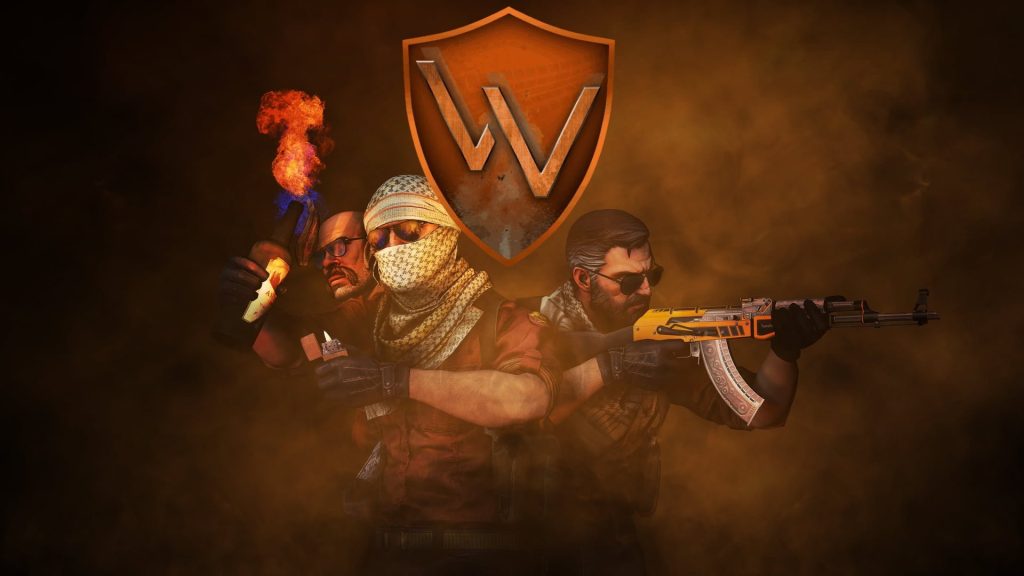The CS video game saga has been with us for two decades. The game created in 1999 by Minh Le and Jess Cliffe as a Half-Life modality became a real success that lasted twenty years later.
Today, Valve’s game is considered to be one of the competitive tactical shooters of reference, and undisputed protagonist of esports contests in half the world. But despite being one of the most successful sagas of all time, there are some features of the game that not all players know. Let’s check!
The Lite Version
The space of the game has increased massively compared to the first version, which weighed only 10 MB compared to the more than 15 GB occupied by CS:GO, something that is not excessive if we compare it with other modern titles. That said, we want to note that no storage is needed to bet on CS GO games since all the markets are available in the browser-based platforms.
So, all you need is a stable Internet connection and a bookmaker to make your predictions on the upcoming CS:GO matches. In addition to the memory, in the first version of Counter-Strike only nine weapons could be used and only played on four maps.
The Trade Up Contract
Your CS:GO inventory encompasses an ever-persistent asset called the Trade Up Contract. This effective deal-maker can be used to craft one advanced rarity-class item in exchange for ten pieces at a lower rarity level – such as Mil-Spec.
Upgrade levels are limited to just 1 increment. Hence, if you switch out 10 skins by the Classified category, you will be rewarded with a Covert tier skin.

As you interact within this trade sphere, remember that the system is always evaluating the float values of your skins. If solely opting for Battle Scarred skins, the lasting result will be a similarly low float value. Steer clear of attempting to gain a Factory New or Minimal Wear skin via skins with exceptionally-low floats, as this is not feasible.
Short Matches
Valve Corporation’s recent launch of the short match format promises gamers a chance to enjoy the game without wasting precious hours. The Bo16 format, instead of the previously used Bo30 match, potentially reduces the sessions’ duration to less than 15 minutes – an opportunity to limit suboptimal team-mates’ impacts, and get on with life.

If your schedule is tight, then short matches are an ideal way to get your gaming fix. A Bo30 match will certainly offer a lot of fun, but it also requires a relatively hefty time investment. A Bo16, however, can be completed much faster.
The de_dust Scenario
The Dust layout is not only the most popular map of CS edition, but it is one of the most played maps in the history of multiplayer games. Originally designed by a teenage David Johnston, this popular level designer confirmed that he had been inspired by the first captures of Team Fortress. Dave, however, is not only behind Dust, but also the creator of other official maps such as Cbble, Radio, Sienna, Tides, Tire and, of course, Dust2.
The Overpass ATM
If you have played CS:GO, you will have been called to attention by the Overpass ATM, it is for a reason. Not everyone knows, but the reality is that we can withdraw money from the ATM in this scenario. Of course, if the savings bank card doesn’t accept you, you can always try it in a slightly less orthodox way. But in all versions prior to CS:GO, the money kept pecking at the same point, until it occurred to someone that it would be fantastic to have it follow you by pressing the “use” button.

The Molotov’s Favor to T-Side
Each of the teams in CS has a type of incendiary throwable. The CT side has the grenade, while its rivals have the Molotov. Many players tend to think that both projectiles are the same, but that’s not the case.
In addition to having remained for a time with greater penetration of armor than the grenade, the Molotov is slightly more beneficial for the terrorist side for two clear reasons: after throwing it we change to the weapon faster than if we are on the CT side and it is cheaper – $450 compared to the $680 of the incendiary grenade – an economic aspect that has to do with the balance of the game between both sides.
The Falling of Grenades
Another of the curiosities of the gameplay is what happens with the grenades when we suffer a casualty. Although it is explained in the game, many players do not know how the dropping of grenades works and it is common to hear this question through the audio chat. The truth is that when our character dies, he drops his most expensive weapon, as well as the deactivation kit if we are CT. But what about the incendiary grenades? Well, we will drop the last grenade we have had in our hand, that’s why many people assume that the first one on the list of grenades falls.

